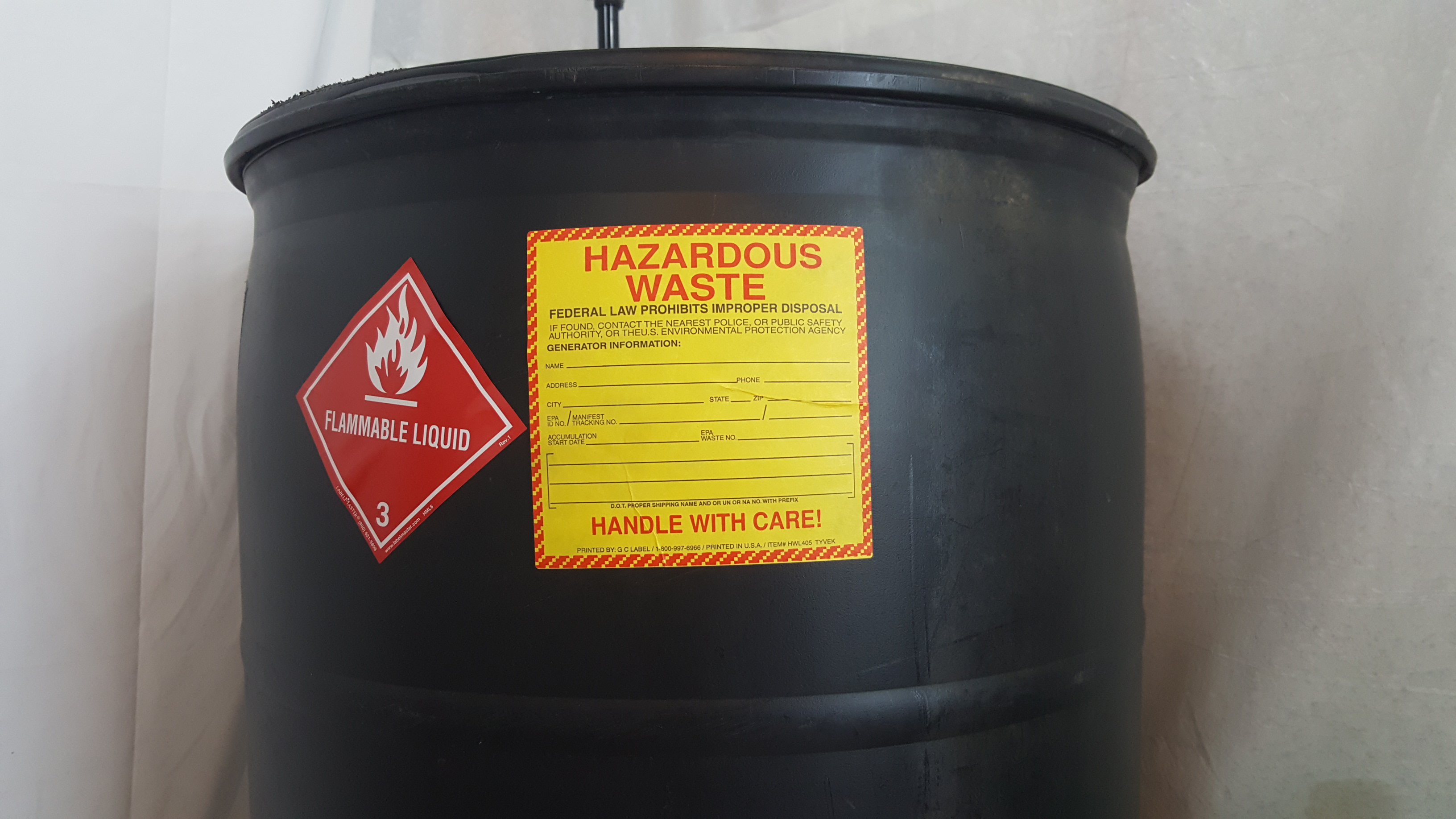The operating record is a term referred to in the RCRA regulations in several places applicable to generators of hazardous waste. For example, at 40 CFR 262.16(b)(8)(vi)(B) – applicable to a small quantity generator of hazardous waste (SQG) – and §262.256(b) – applicable to a large quantity generator (LQG) – one may read:
…This documentation must include documentation in the operating record….
And, §265.56(i) – applicable to a hazardous waste Treatment Storage and Disposal Facilities (TSDF) – reads in part:
The owner or operator must note in the operating record the time, date, and details of any incident that requires implementing the contingency plan.
In both of the above citations, the use of the term “operating record” may be confusing to an SQG or LQG, but should not be to a hazardous waste TSDF. Why is that? Because nowhere in the regulations applicable to an SQG or LQG will you find an explanation of what the USEPA means by the term operating record. But in the regulations applicable to a TSDF at §264.73 (if permitted) or §265.73 (if interim status) one may read a detailed explanation of what the USEPA requires in an operating record.
Contact me with any questions you may have about the generation, identification, management, and disposal of hazardous waste Daniels Training Services, Inc. 815.821.1550 |
Unfortunately, most of the information required to be maintained in an operating record applies solely to a TSDF (e.g. methods of treatment, storage, and disposal at the facility, post-closure cost estimates, etc.) and means little to a facility that generates and accumulates solely its own hazardous waste, therefore I won’t list them here. Suffice to say the operating record must be a written document (paper or electronic format) that is a compilation of various files, forms, data, databases, records, and reports. In short: All the information necessary for a TSDF to verify its compliance with USEPA regulations. Unless indicated otherwise, it must be kept at the facility until its closure.
For an LQG or SQG, the operating record isn’t anything more than a collection of the records maintained at its facility to demonstrate compliance. If necessary, an SQG or LQG may need to add to it the documentation required by §262.16(b)(8)(vi)(B) and §262.256(b), respectively.
Operating record is a term of which SQGs and LQGS must be aware. But its description can’t be found without digging into a part of the regulations that most generators of hazardous waste never need to go (those regulations applicable solely to a TSDF). Despite recent improvements (read about the Generator Improvements Rule), the USEPA regulations applicable to a generator of hazardous waste can be confusing – and that’s before you throw in the state regulations! (does my state have an authorized hazardous waste program?)
Like this article? Subscribe to my Monthly Newsletter No marketing emails! |

